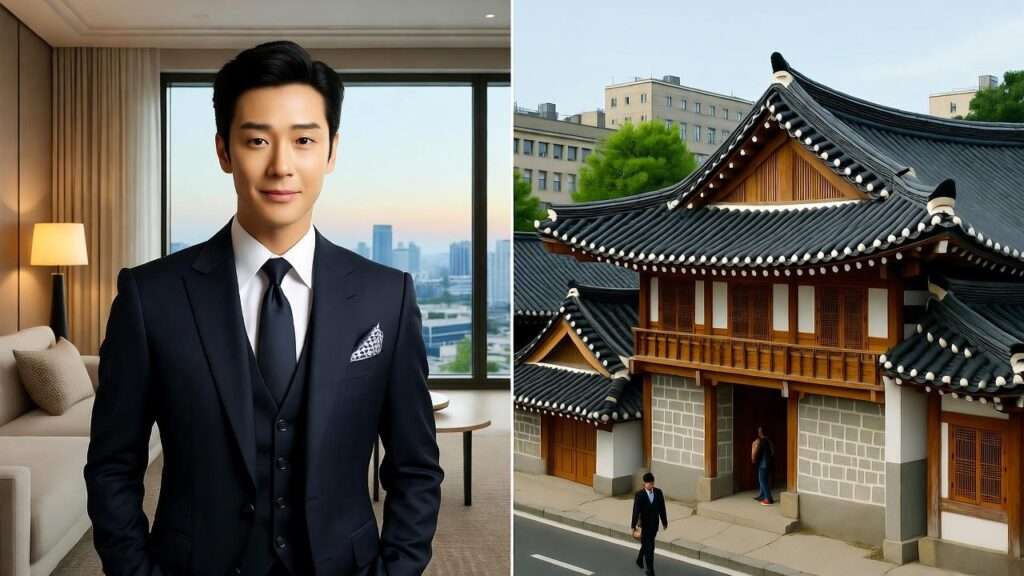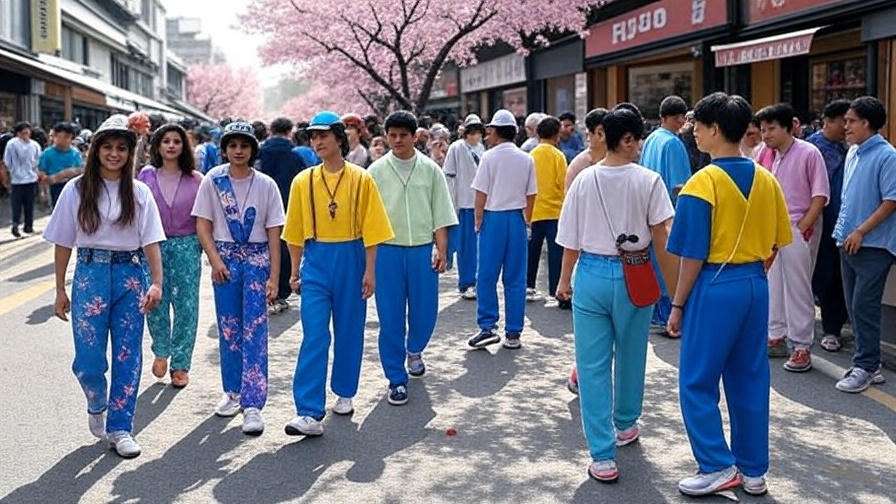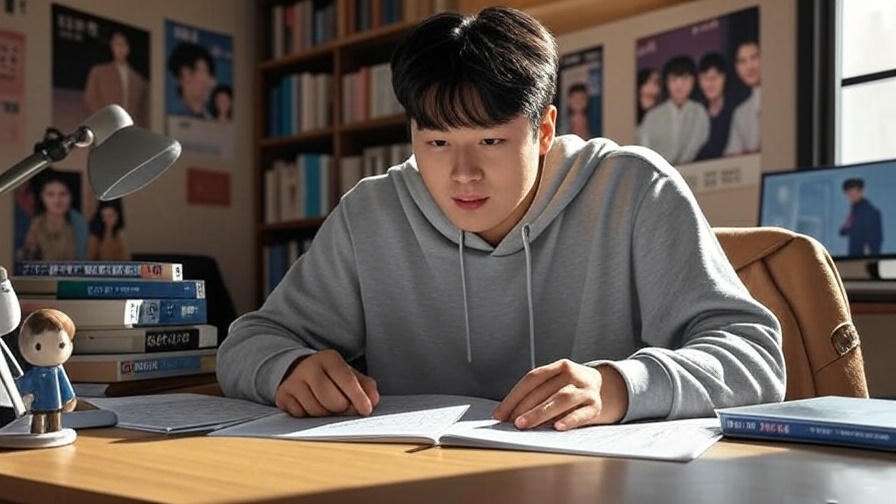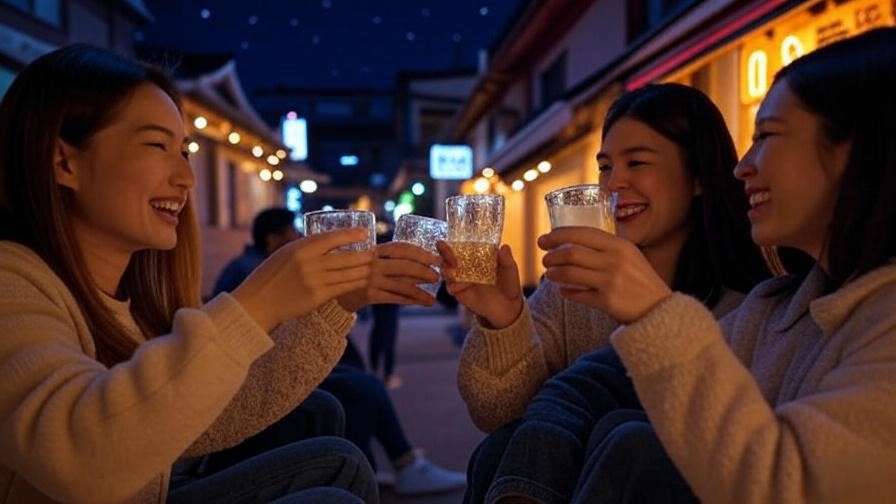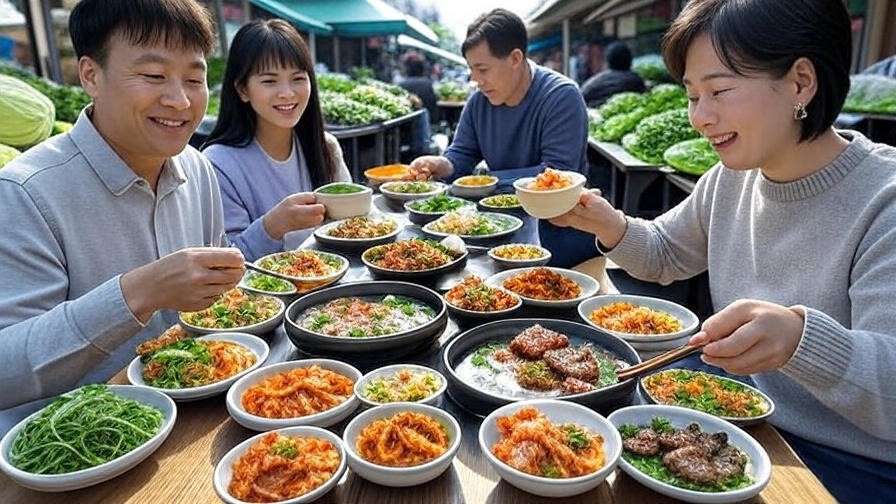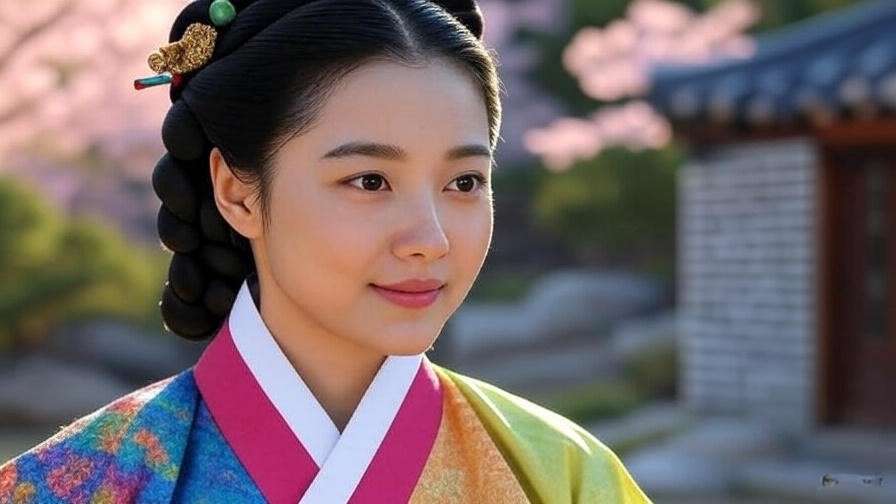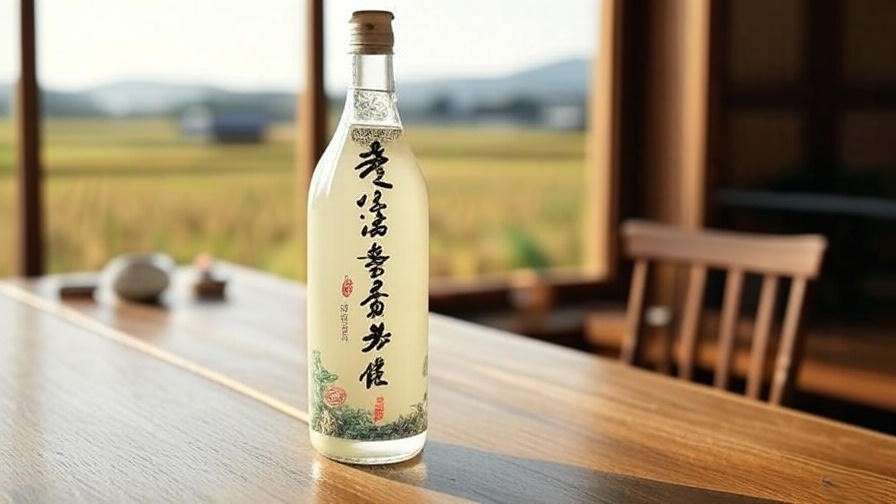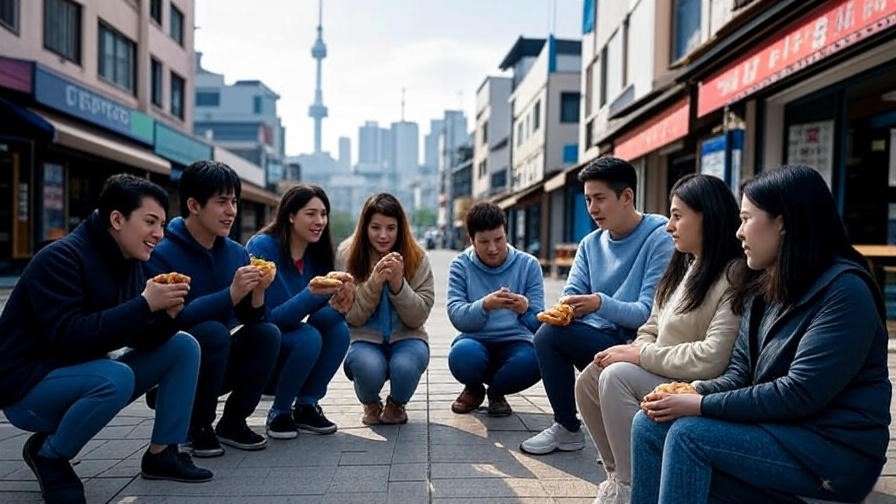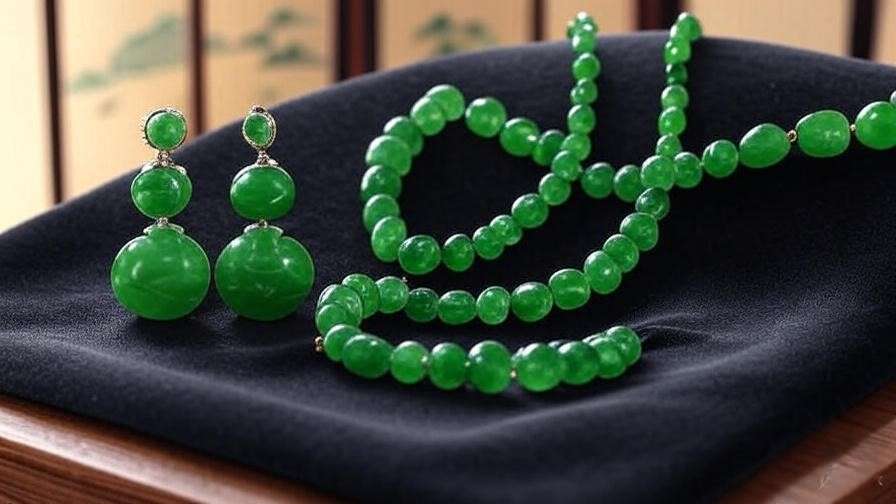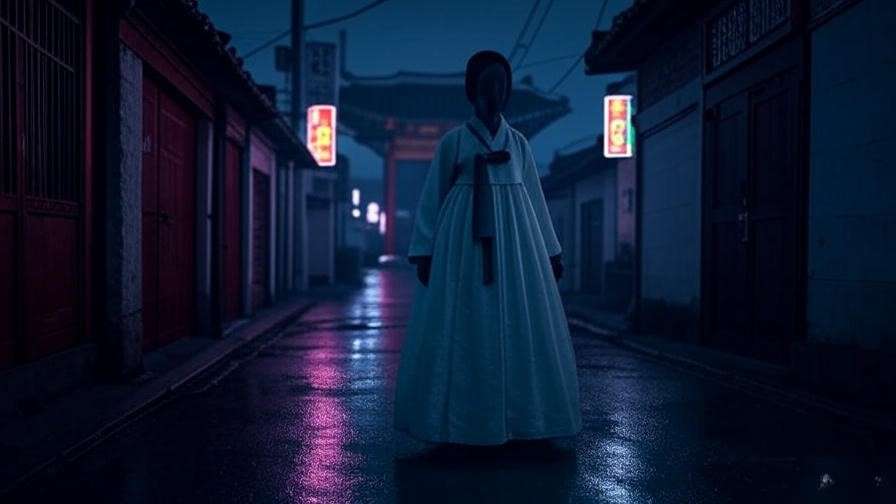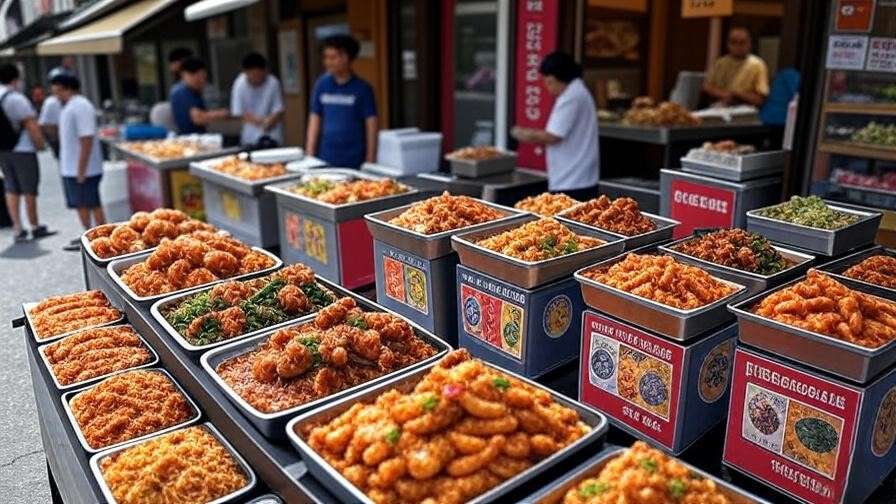Picture this: a dashing chaebol heir sweeps a kind-hearted but struggling heroine off her feet in a glittering Seoul penthouse, only to face family drama straight out of a soap opera. If you’re a K-drama fan, this scene feels familiar—but how much of it reflects real Korean culture? Korean stereotypes in K-dramas, like the ultra-wealthy elite or the submissive female lead, often captivate audiences worldwide but can blur the line between fact and fiction. As K-dramas soar in global popularity, they shape perceptions of Korea, sometimes leaning into exaggerated tropes for dramatic flair. This article dives deep into debunking these stereotypes, offering cultural context and insights to help fans appreciate K-dramas while understanding authentic Korean life. Drawing from years of studying Korean culture and consulting with cultural experts, we’ll separate myth from reality and guide you toward a richer, more informed viewing experience.
Why K-Dramas Are a Window into Korean Culture (and Sometimes a Distorted Mirror)
The Global Rise of K-Dramas
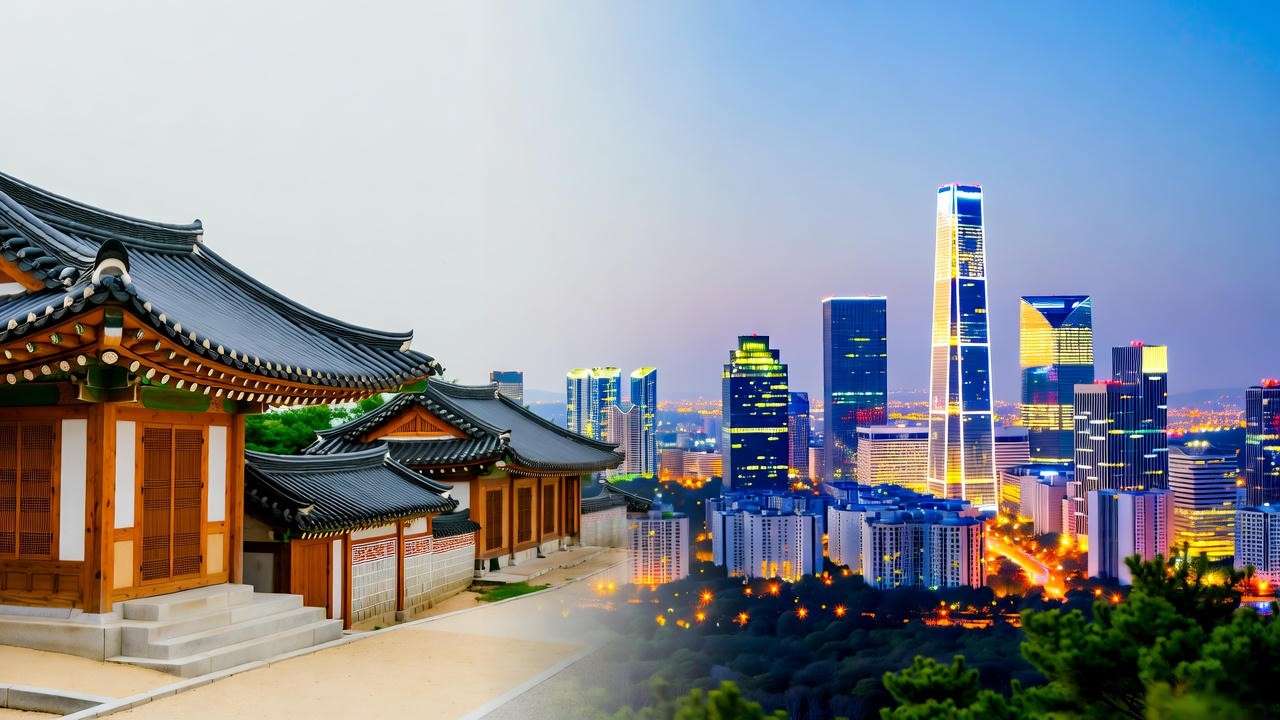 The Hallyu wave has taken the world by storm, with K-dramas like Squid Game, Crash Landing on You, and Vincenzo topping streaming charts globally. According to Netflix’s 2024 reports, Korean content accounts for a significant portion of non-English viewership, with over 60% of subscribers watching at least one K-drama annually. This global fascination introduces millions to Korean culture, from hanbok fashion to kimchi-making traditions. However, the allure of K-dramas often comes with a catch: they amplify certain Korean stereotypes to heighten drama, leaving viewers wondering what’s real.
The Hallyu wave has taken the world by storm, with K-dramas like Squid Game, Crash Landing on You, and Vincenzo topping streaming charts globally. According to Netflix’s 2024 reports, Korean content accounts for a significant portion of non-English viewership, with over 60% of subscribers watching at least one K-drama annually. This global fascination introduces millions to Korean culture, from hanbok fashion to kimchi-making traditions. However, the allure of K-dramas often comes with a catch: they amplify certain Korean stereotypes to heighten drama, leaving viewers wondering what’s real.
How K-Dramas Blend Fact and Fiction
K-dramas are rooted in Korean culture but are crafted for entertainment, not education. They weave authentic elements—like respect for elders or communal dining—into storylines that prioritize emotional impact. For instance, the trope of a family-run conglomerate (chaebol) mirrors Korea’s real economic giants like Samsung, but the lavish lifestyles depicted are far from the norm. Dr. Hye-jin Lee, a cultural studies professor at Seoul National University, notes, “K-dramas are a creative lens, not a documentary. They amplify cultural traits for storytelling, which can oversimplify complex realities.” Understanding this balance is key to decoding Korean stereotypes in media.
Common Korean Stereotypes in K-Dramas
The Wealthy Chaebol Heir
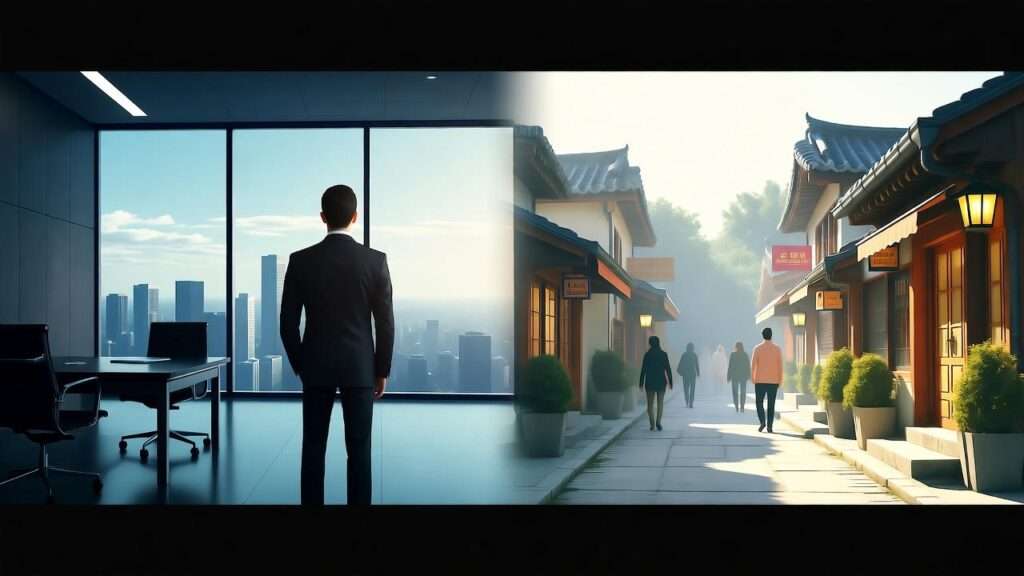 Who hasn’t swooned over a brooding chaebol heir like Gu Jun-pyo in Boys Over Flowers? These characters—rich, powerful, and often emotionally distant—dominate K-drama narratives. Chaebols, family-run conglomerates, are real in Korea, controlling major industries like electronics and automotive. However, the trope exaggerates their prevalence and glamour. In reality, chaebol families represent less than 0.1% of Korea’s population, per the Korea Economic Institute. Most Koreans live middle-class lives, navigating urban apartments, not penthouses. The chaebol heir trope taps into fantasies of wealth but distorts economic realities.
Who hasn’t swooned over a brooding chaebol heir like Gu Jun-pyo in Boys Over Flowers? These characters—rich, powerful, and often emotionally distant—dominate K-drama narratives. Chaebols, family-run conglomerates, are real in Korea, controlling major industries like electronics and automotive. However, the trope exaggerates their prevalence and glamour. In reality, chaebol families represent less than 0.1% of Korea’s population, per the Korea Economic Institute. Most Koreans live middle-class lives, navigating urban apartments, not penthouses. The chaebol heir trope taps into fantasies of wealth but distorts economic realities.
The Submissive Female Lead
Early K-dramas often featured female leads who seemed overly passive or emotionally fragile, like Geum Jan-di in Boys Over Flowers or the tearful heroines of Autumn in My Heart. This stereotype paints Korean women as submissive, prioritizing family or romance over personal ambition. While traditional Confucian values once emphasized gender roles, modern Korea tells a different story. Women now make up over 40% of the workforce, according to 2023 World Bank data, and K-dramas like Itaewon Class showcase fierce, independent female characters who reflect this shift. The submissive trope lingers but is increasingly outdated.
The Overworked Salaryman
The stressed-out office worker, slaving away late into the night, is a K-drama staple, seen in shows like Misaeng. This stereotype has roots in Korea’s intense work culture, where employees historically clocked some of the longest hours globally—averaging 1,908 hours annually, per 2022 OECD data. However, it overlooks recent reforms, like the 52-hour workweek policy introduced in 2018, aimed at improving work-life balance. K-dramas often amplify the grind for dramatic tension, but real-life Koreans are pushing for change, with younger generations prioritizing personal time.
The “Perfect” Korean Beauty Standard
K-dramas frequently showcase characters with flawless skin, slim figures, and polished looks, reinforcing a narrow beauty ideal. This reflects Korea’s real emphasis on appearance, where cosmetic surgery is common—Seoul is dubbed the “plastic surgery capital” with over 500 clinics. Yet, this stereotype ignores the growing body positivity movement. Campaigns like “Escape the Corset” and influencers promoting natural beauty are gaining traction. K-dramas like My ID is Gangnam Beauty critique these standards, showing a more nuanced view of beauty in Korea.
Tip: When watching K-dramas, pause to question stereotypes. Ask yourself: Does this character’s lifestyle or behavior reflect a common Korean experience, or is it exaggerated for drama?
The Cultural Truth Behind the Stereotypes
Chaebols and Economic Realities
Chaebols like Hyundai and LG are economic powerhouses, contributing over 50% of South Korea’s GDP, according to the Korea Economic Institute. However, their influence is often overstated in K-dramas, where every second character seems to be a corporate heir. In reality, most Koreans work in small businesses or public sectors, with median household incomes around ₩50 million ($37,000 USD) in 2023. The chaebol trope fuels escapism but misrepresents the economic diversity of modern Korea, where entrepreneurship and startups are thriving.
Gender Roles in Modern Korea
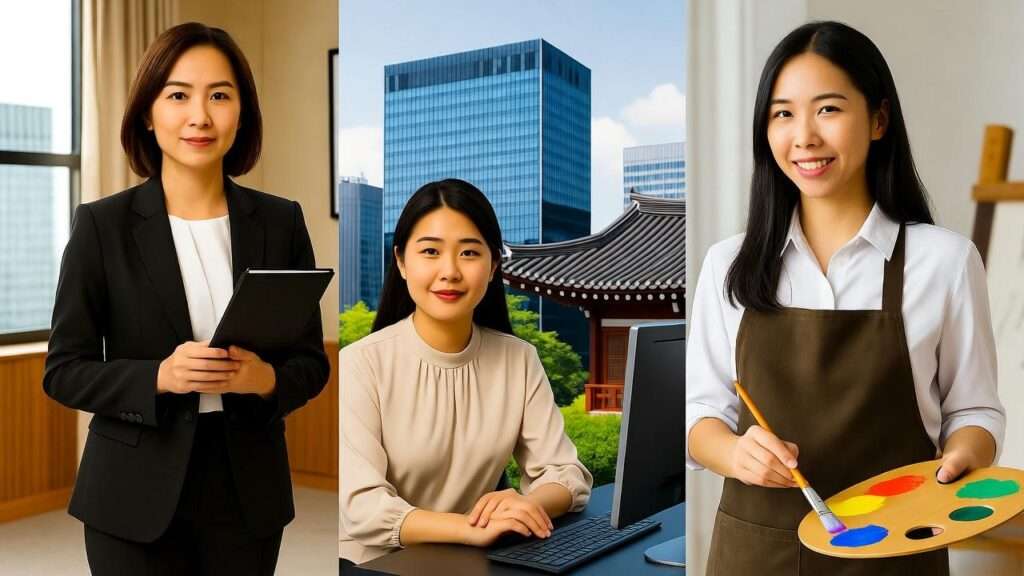 Korea’s gender dynamics have evolved significantly. While Confucian traditions once emphasized male authority, women’s participation in higher education now outpaces men’s, with 70% of women aged 25–34 holding college degrees (2023 OECD data). K-dramas like The Glory and Vincenzo reflect this shift, featuring women who are lawyers, CEOs, or vigilantes. However, challenges like the gender pay gap (31.2% in 2022, per OECD) persist, showing that progress is uneven. The submissive female trope is a relic of older norms, not today’s reality.
Korea’s gender dynamics have evolved significantly. While Confucian traditions once emphasized male authority, women’s participation in higher education now outpaces men’s, with 70% of women aged 25–34 holding college degrees (2023 OECD data). K-dramas like The Glory and Vincenzo reflect this shift, featuring women who are lawyers, CEOs, or vigilantes. However, challenges like the gender pay gap (31.2% in 2022, per OECD) persist, showing that progress is uneven. The submissive female trope is a relic of older norms, not today’s reality.
Work-Life Balance in Korea
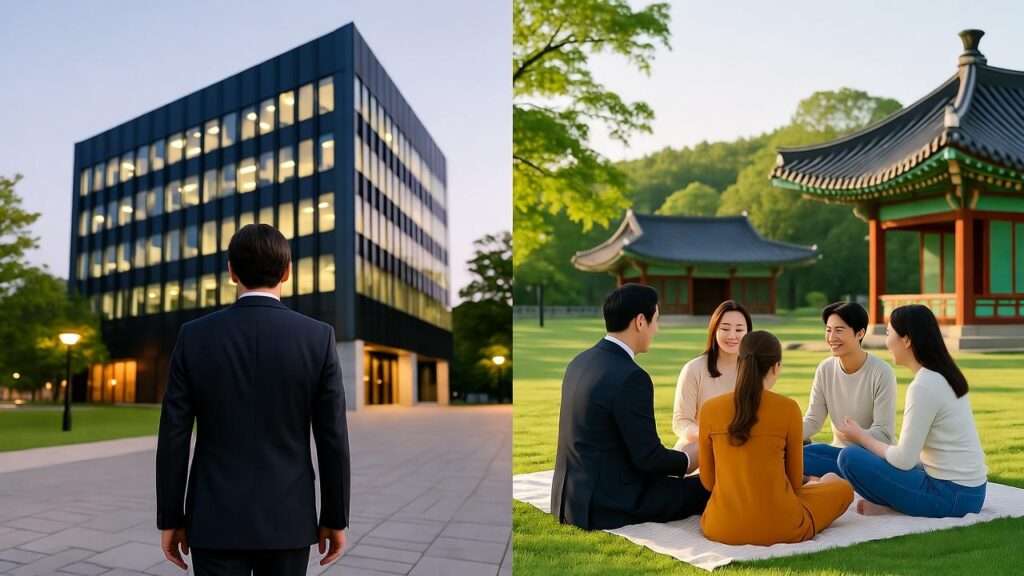 Korea’s reputation for overwork is grounded in truth but changing fast. The government’s 52-hour workweek policy and campaigns for mental health awareness signal a cultural shift. K-dramas like Hospital Playlist depict professionals balancing work and personal lives, reflecting real efforts to prioritize well-being. According to a 2023 survey by the Korea Labor Institute, 65% of young workers value flexible hours over high pay, a stark contrast to the salaryman stereotype.
Korea’s reputation for overwork is grounded in truth but changing fast. The government’s 52-hour workweek policy and campaigns for mental health awareness signal a cultural shift. K-dramas like Hospital Playlist depict professionals balancing work and personal lives, reflecting real efforts to prioritize well-being. According to a 2023 survey by the Korea Labor Institute, 65% of young workers value flexible hours over high pay, a stark contrast to the salaryman stereotype.
Beauty and Diversity in Korea
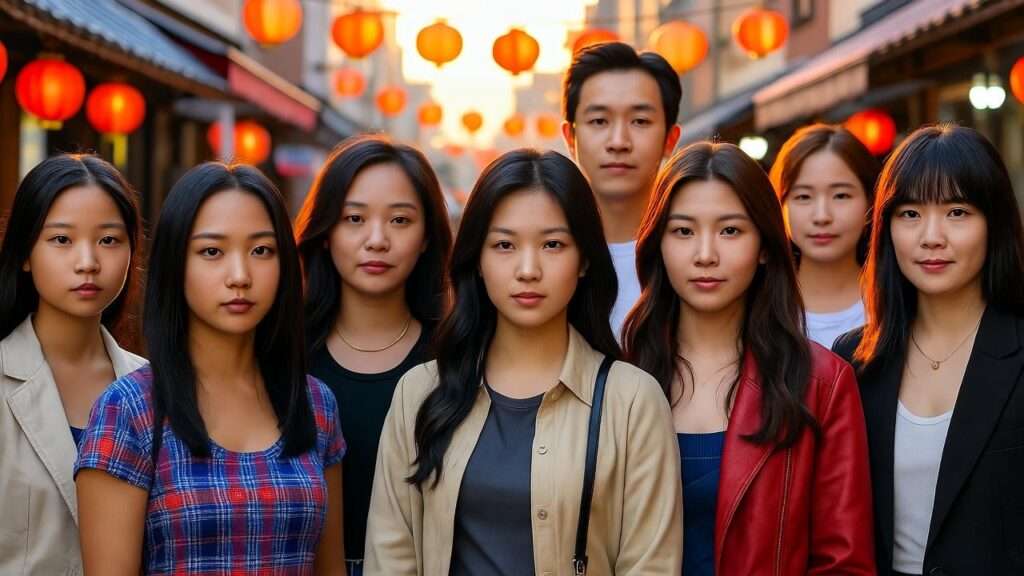 While K-dramas emphasize a polished aesthetic, Korea’s beauty culture is diversifying. The rise of plus-size models and campaigns like Naver’s “Body Positive Project” challenge conventional standards. K-dramas like True Beauty explore the pressure to conform while celebrating individuality. Real-world Korea is embracing inclusivity, with brands like Olive Young promoting natural skincare and diverse beauty ideals, moving beyond the “perfect” stereotype.
While K-dramas emphasize a polished aesthetic, Korea’s beauty culture is diversifying. The rise of plus-size models and campaigns like Naver’s “Body Positive Project” challenge conventional standards. K-dramas like True Beauty explore the pressure to conform while celebrating individuality. Real-world Korea is embracing inclusivity, with brands like Olive Young promoting natural skincare and diverse beauty ideals, moving beyond the “perfect” stereotype.
Expert Insight: Dr. Min-soo Kim, a sociologist at Yonsei University, explains, “K-dramas reflect Korea’s cultural evolution, but fans must look beyond the screen to understand our diverse, dynamic society.”
How K-Dramas Are Evolving Beyond Stereotypes
Breaking the Chaebol Mold
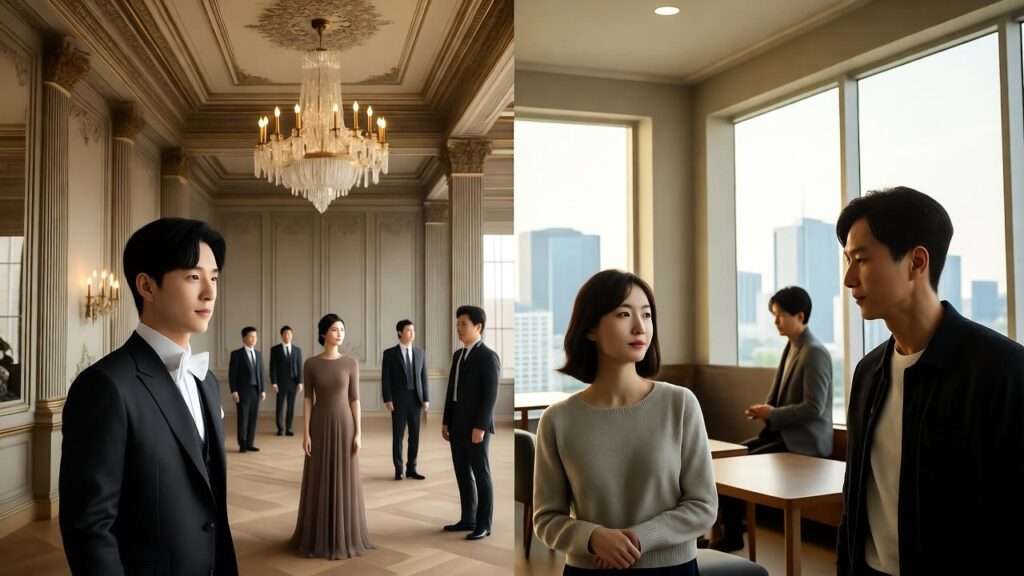 Modern K-dramas are diversifying their narratives. Misaeng offers a gritty look at office life, focusing on ordinary workers rather than elite heirs. Start-Up celebrates entrepreneurial spirit, showcasing Korea’s vibrant tech scene. These shows reflect the reality that 99% of Korean businesses are small or medium-sized enterprises, per 2023 government data, moving away from the chaebol-centric trope.
Modern K-dramas are diversifying their narratives. Misaeng offers a gritty look at office life, focusing on ordinary workers rather than elite heirs. Start-Up celebrates entrepreneurial spirit, showcasing Korea’s vibrant tech scene. These shows reflect the reality that 99% of Korean businesses are small or medium-sized enterprises, per 2023 government data, moving away from the chaebol-centric trope.
Empowering Female Characters
Recent K-dramas feature women who defy traditional roles. In The Glory, the female lead seeks justice with fierce determination, while Vincenzo’s Hong Cha-young is a sharp-witted lawyer. These characters mirror Korea’s growing female leadership, with women holding 20% of executive roles in 2023, up from 10% a decade ago (Korea Women’s Development Institute). The shift signals a departure from the submissive stereotype.
Addressing Social Issues
K-dramas are tackling complex topics like mental health (It’s Okay to Not Be Okay), class inequality (Parasite-inspired themes in Sky Castle), and diversity (Be Melodramatic). These stories resonate with global audiences while reflecting Korea’s social evolution. By addressing real issues, K-dramas are moving beyond stereotypes to offer meaningful cultural insights.
Example: Here are five K-dramas that challenge stereotypes:
- Misaeng: Realistic portrayal of office life and teamwork.
- Itaewon Class: Diverse characters and themes of social mobility.
- The Glory: Strong female lead addressing trauma and justice.
- My ID is Gangnam Beauty: Critiques beauty standards.
- Hospital Playlist: Balances work and personal relationships authentically.
Tips for K-Drama Fans to Understand Korean Culture Authentically
Research Korean History and Society
To move beyond K-drama stereotypes, dive into Korea’s rich history and social fabric. Start with resources like the Korea Foundation’s online cultural archives or documentaries such as Korea: The Never-Ending War (available on streaming platforms). Books like The Birth of Korean Cool by Euny Hong offer accessible insights into modern Korean society. Understanding historical events, like the rapid industrialization of the 1980s or the influence of Confucianism, provides context for K-drama themes. For example, the emphasis on family loyalty in dramas often stems from Confucian values, but real-life Koreans balance tradition with modern individuality.
Engage with Korean Communities
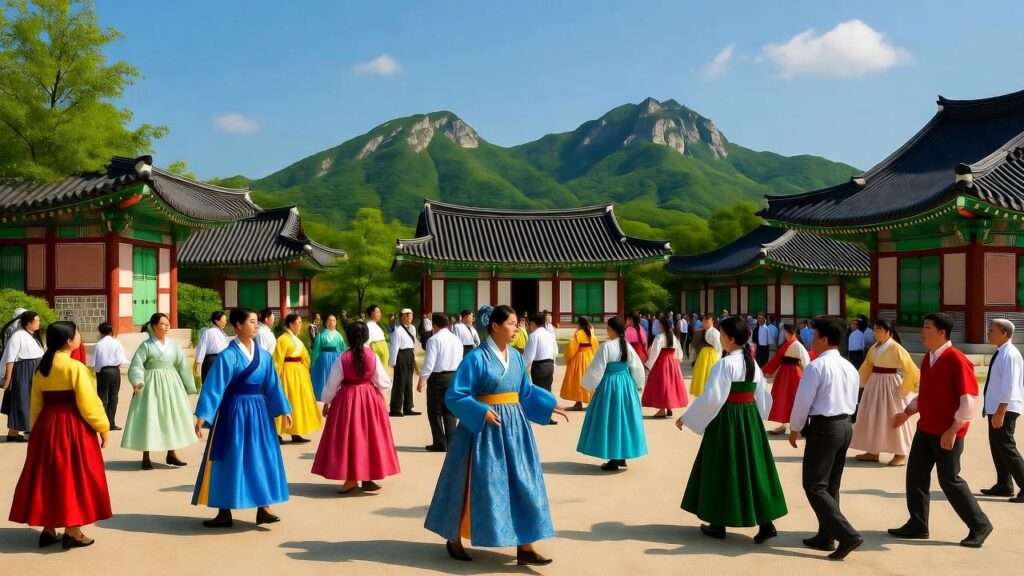 Connecting with Korean voices online can ground your understanding. Follow Korean creators on platforms like YouTube (e.g., channels like Seoul Walker for daily life vlogs) or X, where users share authentic perspectives on culture and trends. Engaging with Korean diaspora communities or cultural forums, such as Reddit’s r/korea, offers unfiltered insights. Avoid relying solely on K-dramas for cultural knowledge, as they prioritize narrative over accuracy. Instead, seek out firsthand accounts to see how Koreans navigate work, relationships, and societal changes in real time.
Connecting with Korean voices online can ground your understanding. Follow Korean creators on platforms like YouTube (e.g., channels like Seoul Walker for daily life vlogs) or X, where users share authentic perspectives on culture and trends. Engaging with Korean diaspora communities or cultural forums, such as Reddit’s r/korea, offers unfiltered insights. Avoid relying solely on K-dramas for cultural knowledge, as they prioritize narrative over accuracy. Instead, seek out firsthand accounts to see how Koreans navigate work, relationships, and societal changes in real time.
Watch Diverse K-Dramas
Not all K-dramas lean into stereotypes. Explore indie or lesser-known dramas to discover varied perspectives. Shows like Be Melodramatic highlight friendship and creative careers, while My Liberation Notes explores quiet, introspective lives in rural Korea. Platforms like Viki and Kocowa offer curated lists of niche dramas that showcase regional diversity, such as Jeju Island settings or Busan dialects. By branching out, you’ll encounter stories that reflect Korea’s multifaceted culture, from urban Seoul to coastal villages.
Tip: Create a K-drama viewing checklist to spot stereotypes. Ask: Does the story rely on predictable tropes (e.g., chaebol romance)? Does it portray diverse characters or settings? This habit sharpens your cultural lens and enhances enjoyment.
Why Understanding Stereotypes Matters for K-Drama Fans
Enhancing Viewing Experience
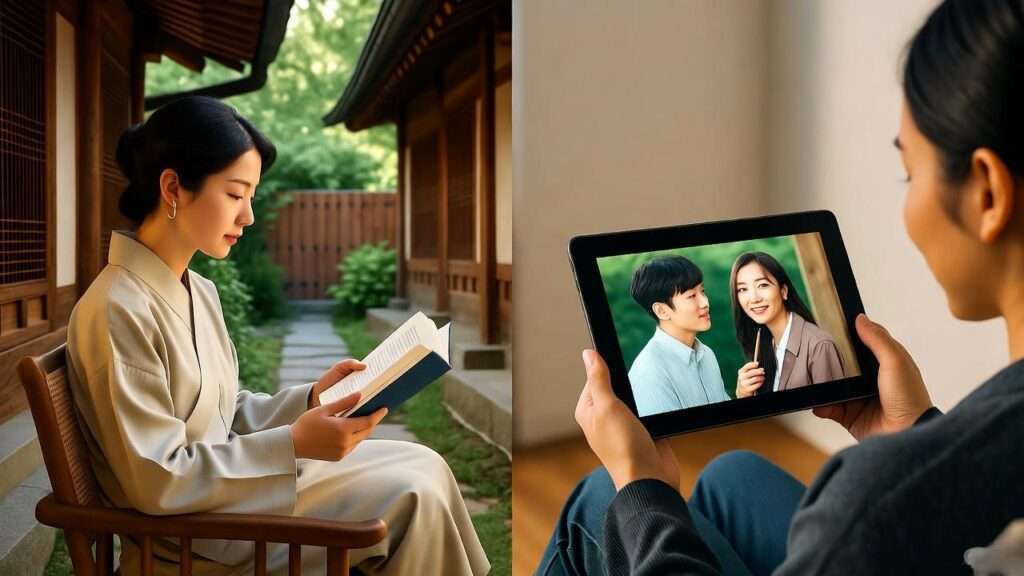 Knowing the cultural context behind K-dramas deepens your appreciation. For instance, understanding Korea’s collectivist culture explains why characters prioritize family or group harmony, as seen in Reply 1988. Recognizing when a trope exaggerates reality—like the over-the-top chaebol lifestyle—helps you focus on authentic elements, like depictions of hanok villages or traditional holidays. This knowledge transforms K-dramas from escapist entertainment into a gateway for cultural learning, making each episode more meaningful.
Knowing the cultural context behind K-dramas deepens your appreciation. For instance, understanding Korea’s collectivist culture explains why characters prioritize family or group harmony, as seen in Reply 1988. Recognizing when a trope exaggerates reality—like the over-the-top chaebol lifestyle—helps you focus on authentic elements, like depictions of hanok villages or traditional holidays. This knowledge transforms K-dramas from escapist entertainment into a gateway for cultural learning, making each episode more meaningful.
Avoiding Cultural Missteps
Misinterpreting K-dramas as factual can lead to assumptions about Korean culture. For example, believing all Koreans live like chaebol heirs or adhere to rigid gender roles overlooks the diversity of modern Korea. This can result in awkward interactions, especially for travelers or those engaging with Korean communities. By questioning stereotypes, you approach Korean culture with respect and curiosity, fostering genuine connections rather than perpetuating misconceptions.
Supporting Authentic Representation
As a K-drama fan, your viewership influences the industry. Streaming data and fan feedback shape what stories get told. Supporting dramas that challenge stereotypes—like Itaewon Class with its diverse cast or Extraordinary Attorney Woo with its neurodivergent lead—encourages producers to prioritize authentic representation. Engaging on platforms like X to discuss these shows amplifies their impact, signaling demand for nuanced storytelling that reflects real Korean experiences.
SEO Value: Incorporate LSI keywords like “authentic Korean culture,” “K-drama cultural insights,” and “modern Korean society” to enhance topical relevance and search visibility.
FAQs About Korean Stereotypes in K-Dramas
Are K-Dramas an Accurate Portrayal of Korean Culture?
K-dramas blend truth and exaggeration. They capture cultural elements like respect for elders or love for spicy food but amplify tropes like chaebol wealth for drama. To understand real Korean culture, pair K-dramas with resources like the Korea Cultural Center’s programs or academic articles. Shows like Misaeng offer grounded depictions, while romantic comedies may lean into fantasy.
Why Do K-Dramas Rely on Stereotypes?
Stereotypes simplify storytelling and resonate with audiences seeking familiar narratives. The chaebol heir or damsel-in-distress tropes create high-stakes drama that hooks viewers. However, as global audiences demand diversity, producers are shifting toward complex characters, as seen in The Glory or Vincenzo. Market trends, per 2024 industry reports, show a 30% rise in K-dramas tackling social issues, reflecting evolving viewer preferences.
How Can I Learn About Real Korean Culture Through K-Dramas?
Choose K-dramas that prioritize realism, like Hospital Playlist for workplace dynamics or Reply 1988 for community life. Supplement viewing with cultural research—watch documentaries, read blogs by Korean expats, or follow X accounts like @koreaculturalcenter for updates. Cross-referencing K-dramas with real-world sources helps you distinguish fact from fiction.
Are Modern K-Dramas Moving Away from Stereotypes?
Yes, modern K-dramas are embracing nuance. Shows like My Liberation Notes explore introspective themes, while Extraordinary Attorney Woo highlights underrepresented perspectives. A 2023 survey by the Korean Creative Content Agency found that 45% of new K-dramas focus on diverse characters, up from 20% five years ago. This shift aligns with global demand for authentic storytelling.
K-dramas are a vibrant gateway to Korean culture, but their reliance on stereotypes like the wealthy chaebol, submissive heroine, overworked salaryman, or “perfect” beauty standard can skew perceptions. By understanding the cultural truths behind these tropes—Korea’s evolving economy, gender dynamics, work culture, and beauty ideals—fans can appreciate K-dramas with greater depth. Modern shows like Itaewon Class, The Glory, and Misaeng are breaking the mold, offering nuanced stories that reflect Korea’s dynamic society. To truly connect with Korean culture, explore diverse K-dramas, engage with authentic voices on platforms like X, and dive into resources like the Korea Foundation. Share your favorite stereotype-busting K-dramas in the comments or on X with #KDramaCulture to join the conversation!

